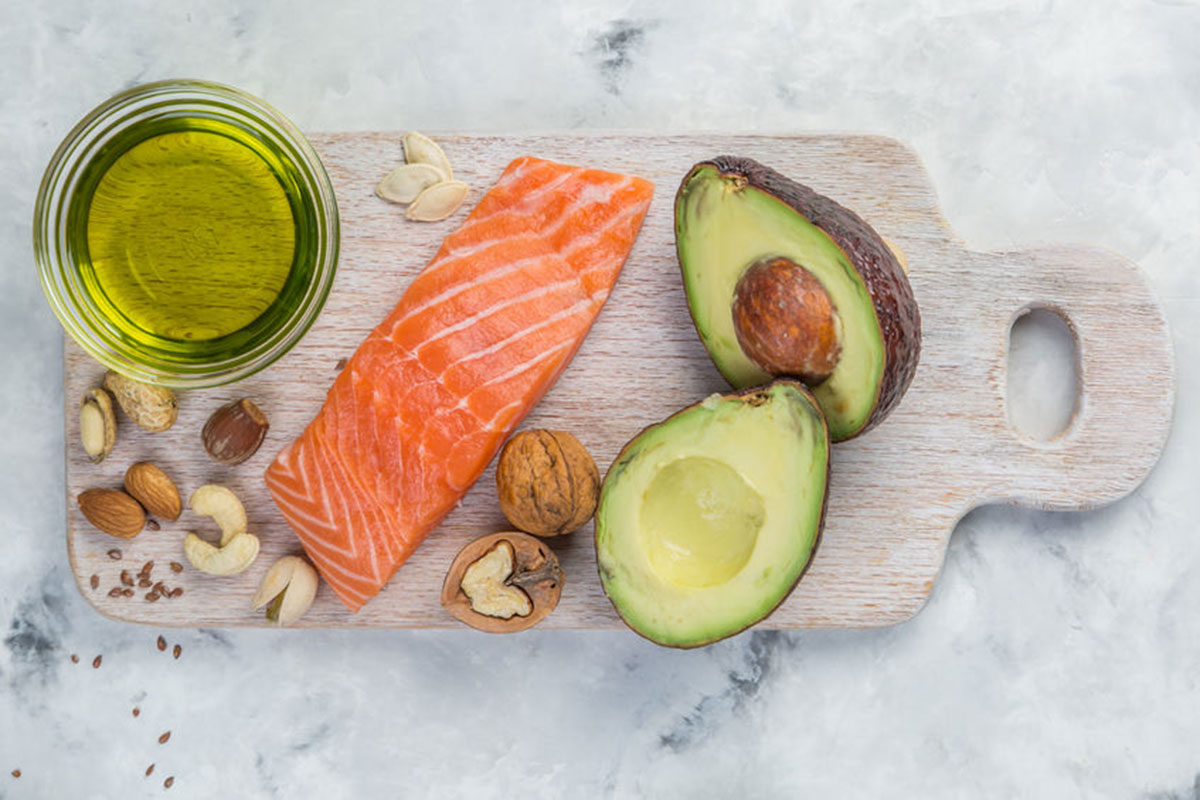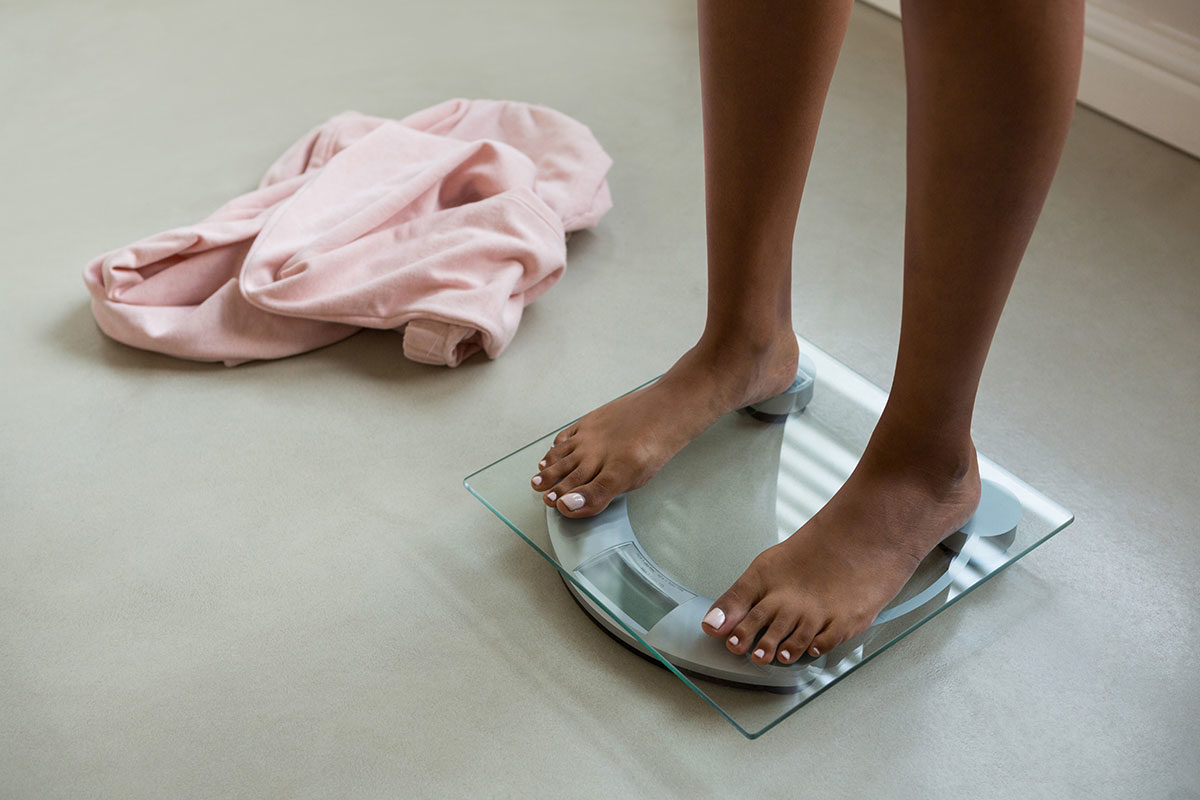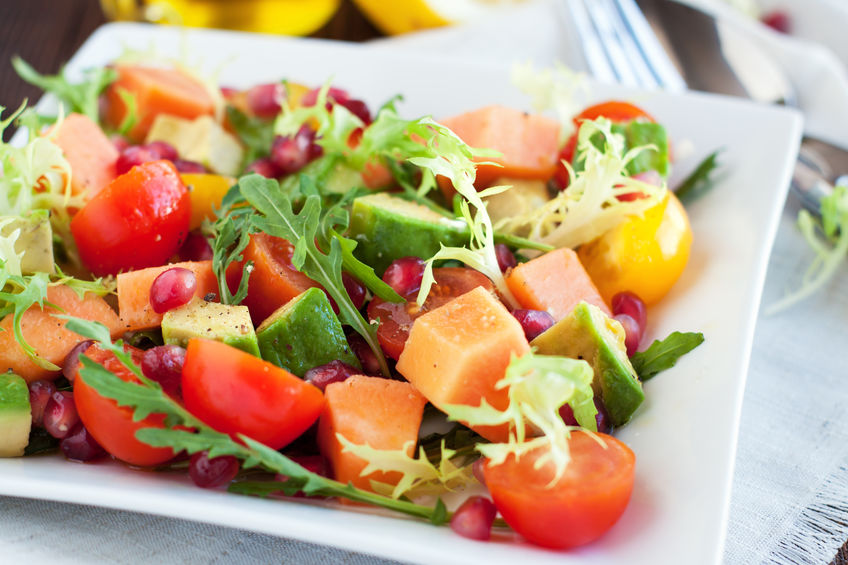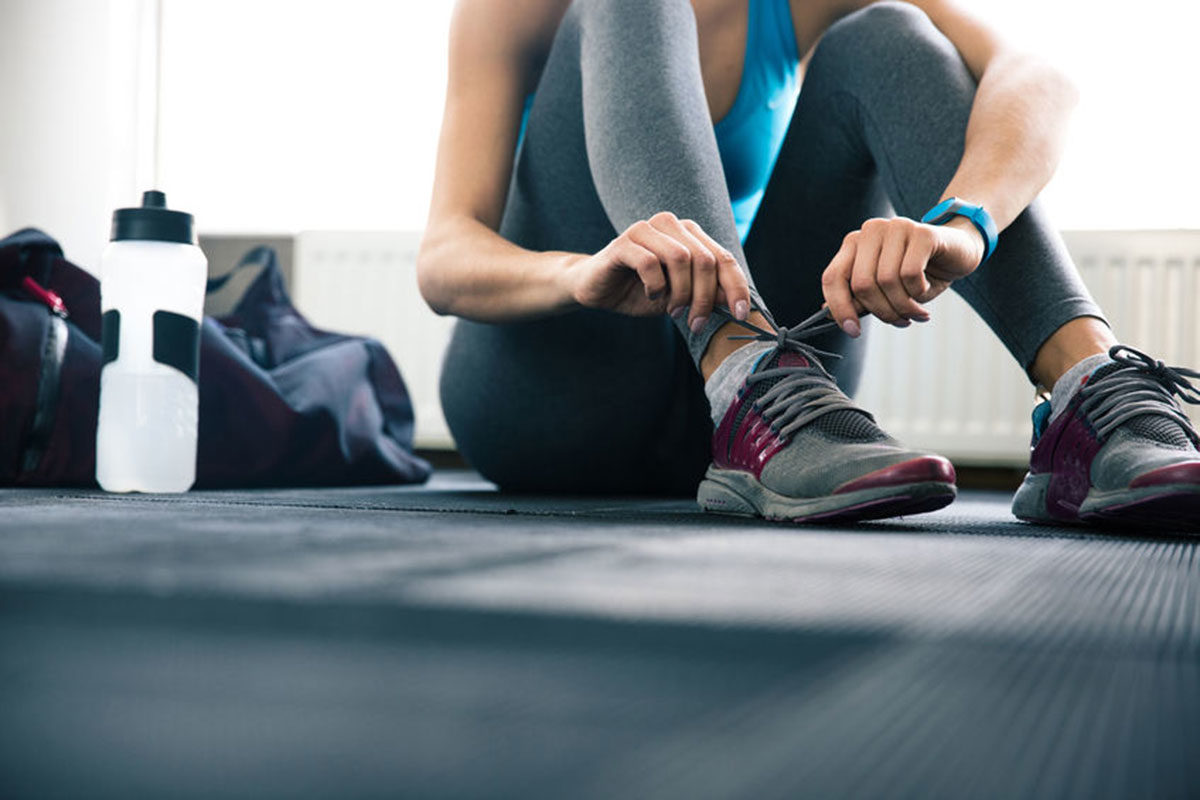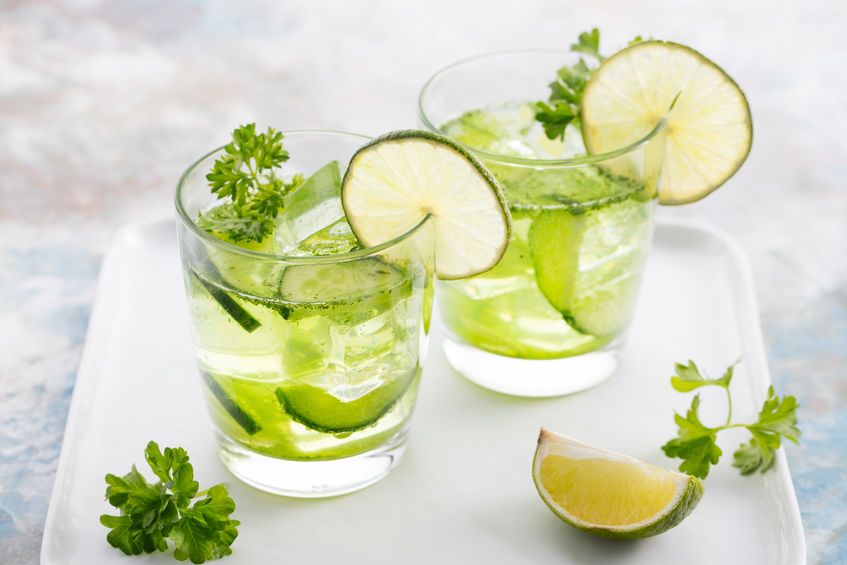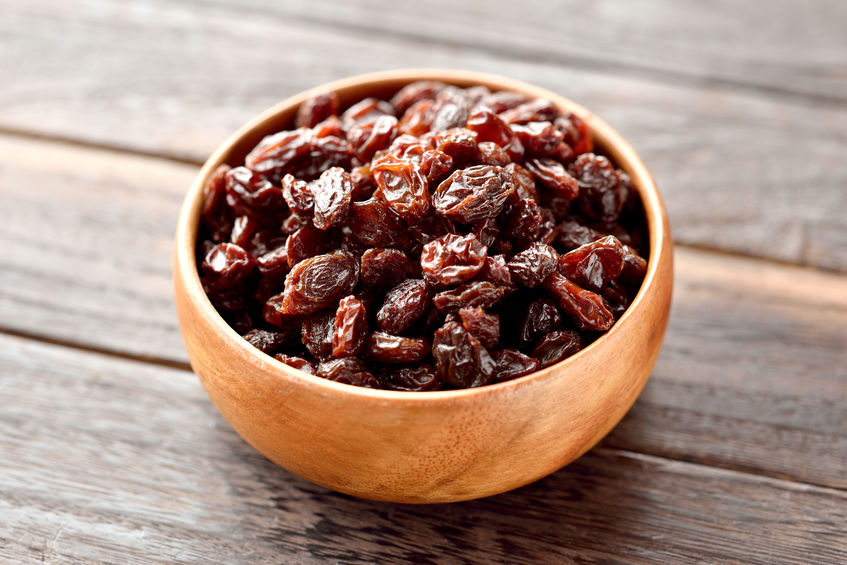I’m addressing this blog post to anyone who is “keto curious” because I know there are a lot of you out there. I’ve been asked many times what I think of the keto diet so I thought I’d offer my thoughts and some background on what the keto diet is exactly.
If you’re considering the keto or HCLF diet, you need to know one thing at the outset—it’s a diet. As in, an eating plan with an end date. Not to be confused with a lifestyle. I know there are many keto practitioners out there who will tell you different, but in my opinion, based on the clients I work with (so you, since you’re reading this blog) I haven’t seen the keto diet to be sustainable long-term.
Many executives and professionals come to me looking for an edge in their energy and focus. Eating less carbohydrates and more protein and healthy fats can certainly get you there. Especially when you eliminate excess sugars and maintain a proper sleep schedule (in bed no later than 10:30 pm every night). Achieving a state of ketosis is not necessary for these benefits, as I explain below.
It may seem like everywhere you turn the ketogenic diet, or keto for short, is being hailed as a miracle diet for weight loss and increased energy levels.
Keto is the “it” diet of the moment, but before you decide to jump on the bandwagon yourself, let’s take a look at what this diet is all about.
Keto is an extremely low-carbohydrate diet that replaces carbohydrates with moderate amounts of protein and large quantities of healthy fats. The keto diet was originally developed to help manage seizures in children – really!
Anyone can eat fewer carbs and more fat, but doing so doesn’t necessarily mean you’re following a true ketogenic diet. Keto is one example of a low-carb diet, but not all low-carb diets are ketogenic.
The truth is, there’s a lot of confusion around what constitutes an actual ketogenic diet vs. a high-fat low-carb (HFLC) diet.
Both diets begin with reducing carbohydrate intake and increasing fat intake. So, what’s the difference?
It all boils down to ketosis – a metabolic state where your body uses fat instead of glucose as its main source of energy.
Ketosis is the main goal of a ketogenic diet. Your body prefers glucose as fuel, so the slightest change in daily carbohydrates or protein (yep, the body can make glucose out of protein when there’s enough of it) can shift the body out of ketosis and back to running on glucose.
The exact breakdown of macronutrients needed to keep your body in ketosis varies from person to person because we each have unique metabolisms.
The only way to know whether you’re in ketosis is to monitor your body’s ketone levels (via urine or blood testing strips). If you’re trying keto but not tracking your macronutrient intake and ketone levels, you’re probably following more of a HFLC diet.
A HFLC diet is less strict and focuses more on eliminating unhealthy carbohydrate sources, like refined grains and sugary foods, and including more whole foods, including healthy fats, moderate amounts of protein, some whole grains and fruit, and vegetables.
Here’s a break-down of the main differences between ketogenic and HFLC diets:
- Ketogenic
- Main goal – induce ketosis
- Primary fuel source is fatty acids and ketone bodies from fat
- Requires strict breakdown of macronutrients to maintain ketosis
- Very little carbohydrate – usually 5-10% of total calorie needs
- Moderate amounts of protein – about 20% of total calorie needs and NOT a free for all!
- Lots of healthy fats (think avocado, nuts, olives, coconut, oils, and grass-fed butter and meats) – about 70% of total calorie needs
- HFLC – high-fat low-carb
- Main goal – reduce carbohydrate intake, but not necessarily induce ketosis
- Primary fuel source is usually glucose from carbs and/or protein
- No precise breakdown of macronutrients – less strict and many variations
- Typically includes moderate amounts of carbohydrates and protein
- Carbohydrate sources shift from refined and starchy, like pasta and sweets, to complex, like sweet potatoes
Whether you choose to follow a HFLC diet or the more rigid ketogenic diet, decreasing carbohydrate intake and increasing fat intake are linked to the following health benefits:
- Weight loss
- Improved blood sugar and insulin levels
- Decreased blood pressure
- Improved HDL/LDL cholesterol ratio
Decreasing your carbohydrate intake, especially refined grains, sweets and excess sugar is beneficial for your health. You don’t necessarily need to take on a full HCLF or Keto plan to do this. As with any diet change, it’s important to know what you’re looking to get out of it and develop a plan that’s realistic for your lifestyle.
If you’re looking for more energy, a leaner body composition and healthy guidelines to get you there, I can help. Book a breakthrough call with me so we can talk more about your goals and the best way for you to reach them.
It’s important to note that the LCHF and keto diet plans can be beneficial for people with certain health conditions including diabetes, obesity and some types of cancer. Talk with a holistic nutritionist for guidelines specific to your situation.
RECIPE – A twist on a classic
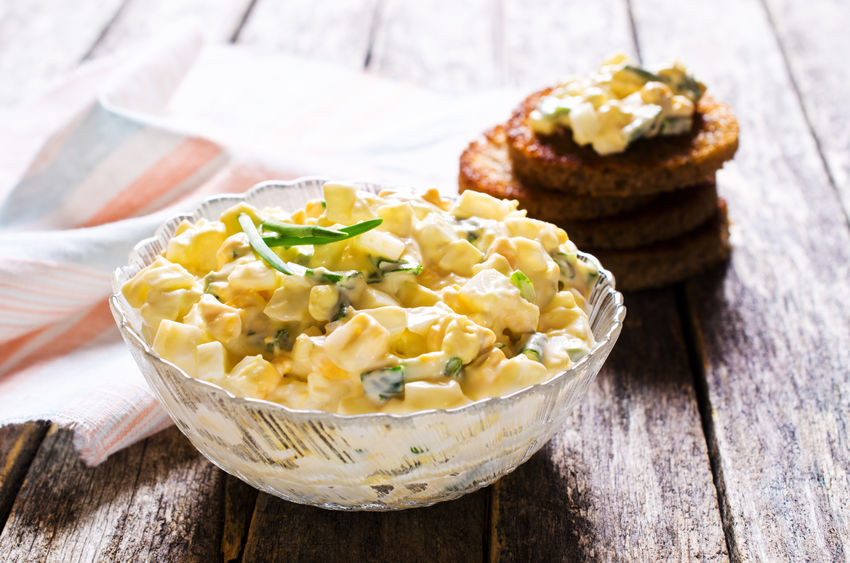
Avocado Egg Salad
Ingredients
4 large eggs, free range
1 medium avocado
2 Tbsp. classic hummus
1 Tbsp. each fresh dill and chives, finely chopped
Juice of ½ lemon
Salt and pepper to taste
Dash smoked paprika
Romaine lettuce leaves, for serving
Preparation
- Hard boil eggs with your preferred cooking method, then cool, peel and chop cooked eggs.
- In a medium mixing bowl, mash pitted avocado with the hummus, herbs, lemon juice, and salt and pepper.
- Add chopped eggs to avocado mixture and toss to combine. Serve egg salad immediately wrapped in lettuce leaves or chill and then serve. Best eaten same day.
REFERENCES
Healthline: The Ketogenic Diet: A Detailed Beginner’s Guide to Keto
Healthline: The LCHF Diet Plan: A Detailed Beginner’s Guide
